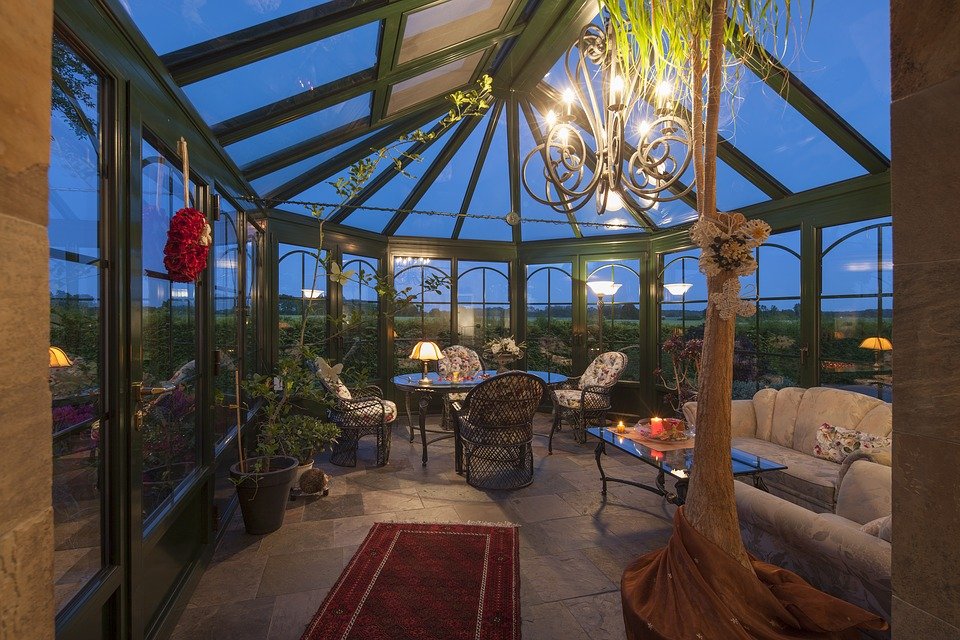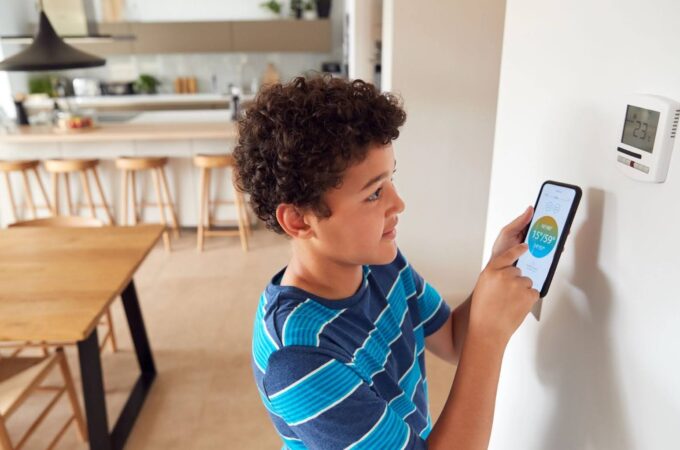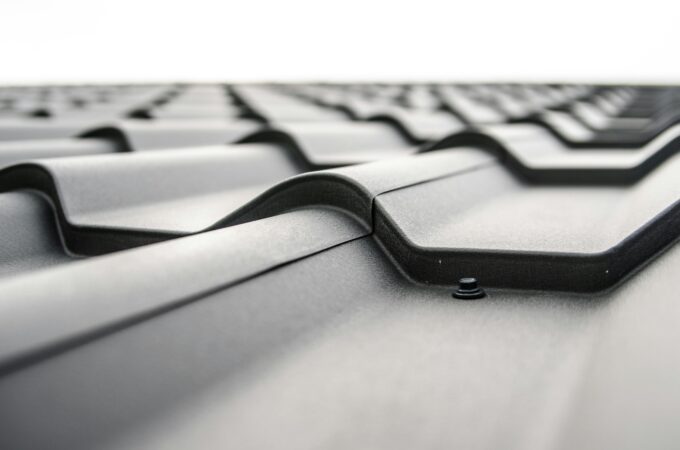
Houses of Glass: All You Need to Know
Glass houses are the architectural equivalent of a neon sign in advertising. Ever since architect Philip Johnson built the first glass home in Connecticut in the late 40s, these dwellings have become synonymous with uniqueness and appeal. Today, they are popular across the globe – from Tokyo and Shanghai to Nicaragua, New York, and California.
Inhabitants of glass houses enjoy panoramic views in remote locations in the tropics or the mountains, but also in urban settings. Typically, they sprawl over extensive areas. Even in densely populated cities, unique private homes and a multitude of apartment buildings present evidence of the appeal of modernist glass design.
A Glass House Makes for a Great Retreat

This might not seem obvious at first; in fact, it might seem incredulous given that glass is an antonym of privacy and seclusion. However, one look at the glass-and-wood holiday retreat on Long Island designed by architect Jerome Engelking will convince you otherwise. Wuehrer House nestles in a forest clearing on a gently sloping hill surrounded by nature preserves. A gravel driveway leads to the serene property, which any urban dweller tired of city life would yearn for.
Glass Houses are Not for the Faint of Heart
Depending on its location, a glass house may require lots of courage to live in. One example is the Vertical Glass House designed by Atelier FCJF. Initially, it was built for a modern art exhibition. It functions as a one-of-a-kind guesthouse for architects and artists visiting Shanghai today. With the exception of the façade, the structure is made entirely of glass and steel. The interior is bathed in sunlight thanks to a large glazed roof. Every wall is made of glass, including the bathroom walls, so perhaps it’s not appropriate for reclusive artist types.
If you want to delight in the beauty of a glass home, but are worried about privacy, there’s good news:
you can opt for convertible glass that becomes opaque when you run an electric current through it.
Glass Houses are Affordable

Glass remains quite affordable even though both labor costs and building component prices have increased over the past decade. According to California–based architect David Montalba, the owners of a glass home in L.A. paid about $450 per square foot for an extension and renovation to their 5,400-square-foot home in 2011. The property features floor-to-ceiling windows, boasting 270-degree views of the Pacific Ocean.
Half a million dollars was spent on a floor-to-ceiling window system for a home in Santa Monica, the construction budget for which was $5 million. It’s actually not that much compared to the total cost of the building according to Montalba.
Glass Houses Can Be 100% Maintenance-Free
Glass is not only affordable, but also easy to maintain. Danish architects Realdania BYG designed and built a prefab, experimental house encased by a glass shield for protection from the elements. The house, which is located on the Danish island of Fyn, will not require any maintenance in the next five decades. It is raised one foot off the ground and has a small gap between the glass shield and plywood roof, creating natural ventilation. This chimney effect renders any mechanical ventilation unnecessary.
Glass Houses Are Environmentally Friendly
Rotterdam University students and researchers designed a sustainable glass home called CHiBB House, which is currently occupied by a Dutch family. It features a rooftop vegetable garden, a rainwater collection system, and a solar hot water system. The wooden frame of the house is covered by glass panels and naturally warmed by the sun. Needless to say, there is no shortage of light inside.
Tearing Down Barriers Between Nature and Civilization

Designer firm GamFratesi was tasked with the development of the interiors of the Harlan + Holden Glasshouse Café, which is located in a sprawling garden plot in front of a popular mall in Manila. The café was designed to draw attention to the outdoor green space, which is surrounded by pedestrian traffic. The designers broke down the boundaries between the outdoors and indoors by emphasizing the contact with tropical nature in the region and the relationship with the outdoor space.
Glass Houses are a Manifestation of Globalism
Earlier glass houses showed regional influences. For example, houses in Florida and Latin America showed Cuban and Brazilian architectural influence, while glass homes in Northeast America were closer to European styles. The growth of globalism has made room for international influences in recent years.
As urban populations continue to grow, use of glass in both commercial and residential buildings has become more prevalent in Paris, Dubai, and other international hubs. Builders and dwellers recognize it as a highly flexible and versatile material; one with enormous potential for integration in modern everyday life.
Glass houses are not only breathtakingly beautiful, but also environmentally friendly, comfortable, and affordable. They are among the greatest architectural achievements of the 20th century.
Lara Douglas is a young woman who loves interior designing and home decor. She is passionate about new trends and fashion forward home décor ideas. She regularly posts at Neon Signs Depot.




